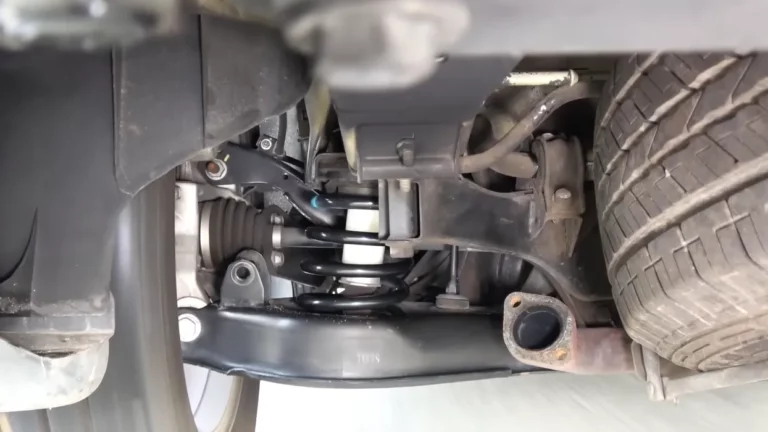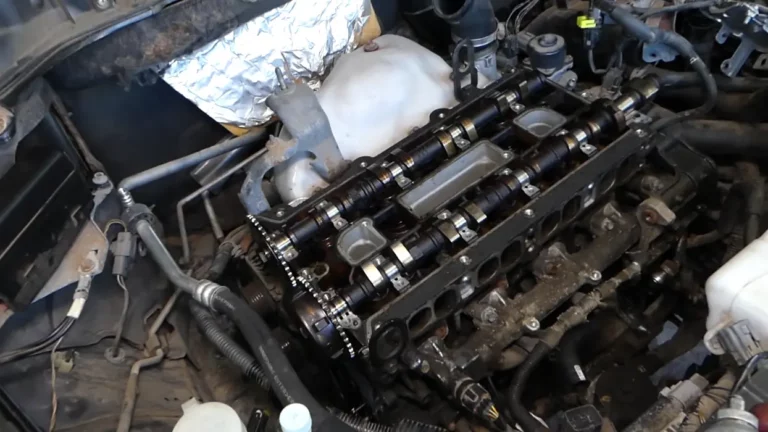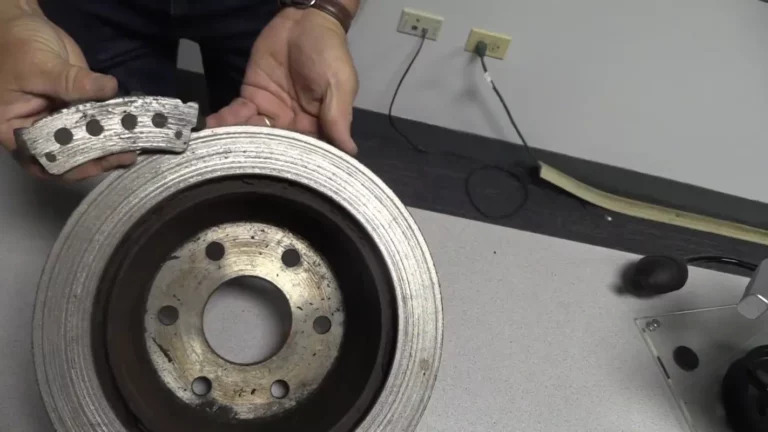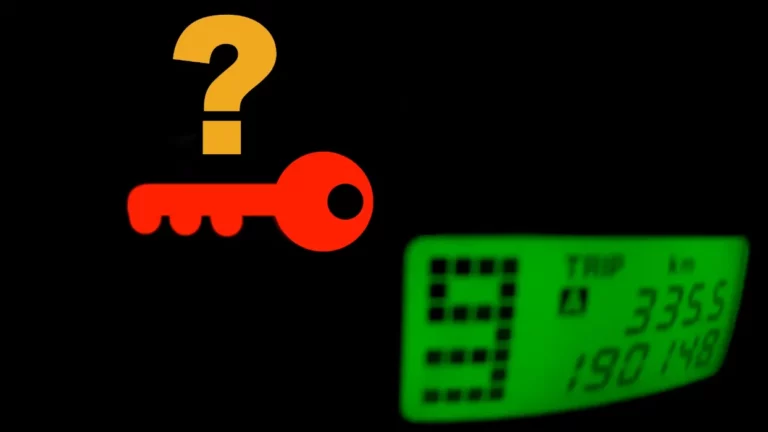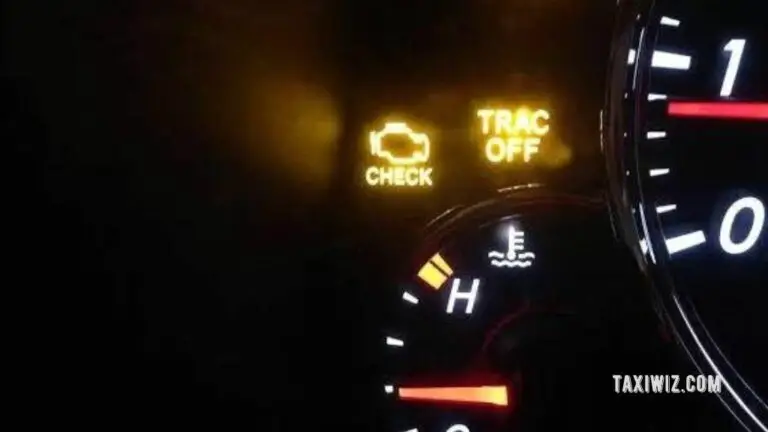Rusty Coolant Explained!
A common issue in a vehicle’s cooling system is rusty coolant. This is a small & well-known issue that can lead to major troubles for your vehicle.
Rusty coolant can lead to the following:
- Permanent damage to the engine & cooling system
- Decrease overall vehicle performance
- Overheating and other issues
Therefore, it is necessary to take action as soon as you find out about rusty coolant in your car.
You will need to find the primary cause and then take the necessary steps to prevent rusty coolant from appearing and affecting your vehicle.
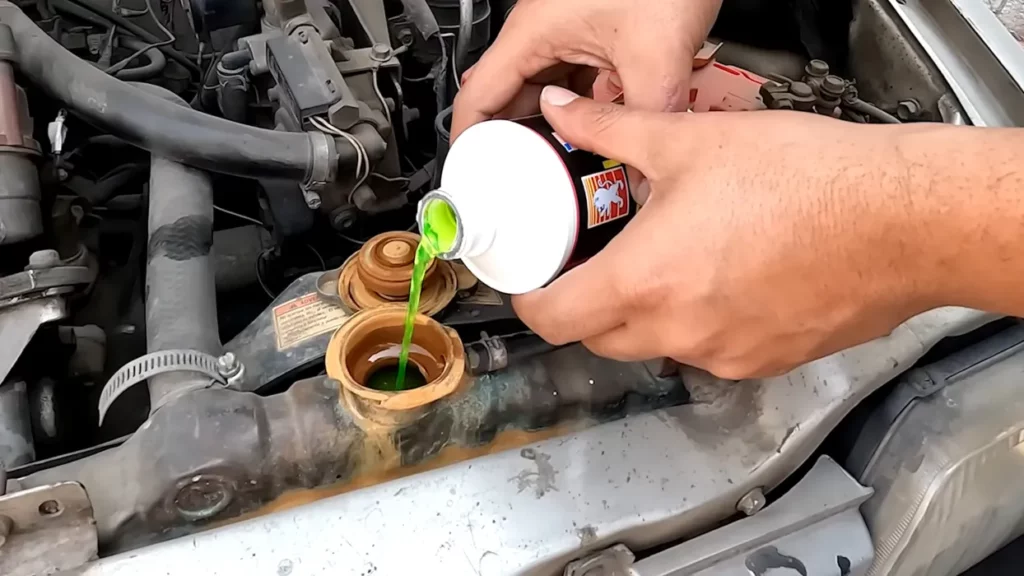
What is Rusty Coolant?
As the name suggests, rusty coolant points to the presence of oxidized iron or rust particles on the coolant or antifreeze mix.
This generally happens due to some sort of issue with the coolant mix. This can be the coolant itself, the water, or external causes completely.
These rust particles can affect the cooling system by clogging the coolant passages, heater core, or radiator.
This will significantly reduce the efficiency and effectiveness of the cooling system, which results in overheating, leading to engine & other components failure and sometimes permeant damage.
Reasons Behind Rusty Coolant Accumulation
Rusty coolant can occur due to several reasons. Here are some of the most common causes you may keep an eye out for:
Metal Components Corrosion
When iron oxide or rust particles are spread across the coolant, rusty coolant appears.
One of the most common reasons for rust particles to spread across the coolant is corrosion.
There are quite a few metal components that come in direct contact with the coolant, and if those components are suffering from corrosion, then rust particles from them can easily move into the coolant.
The components that are known to provide iron particles from corrosion are the heater core, water pump, engine block, the radiator.
There are also other components that you should be aware of.
Generally, if it is a metallic component or has a metallic surface and coolant comes in direct contact with it, then its corrosion may lead to rusty coolant.
Corrosion on these parts occurs due to moisturization, exposure to air particles, and chemical components present in the coolant.
Lack of Regular Maintenance
One thing to keep in mind is that a small amount of rust particles won’t be able to damage the coolant severely.
Rusty coolant only appears after a certain amount of iron particles have inhabited the coolant.
Therefore, if proper maintenance and care were given to the cooling system, then this shouldn’t be a problem that you had to worry about.
For maintenance, we suggest performing coolant flushes and doing coolant replacement after a certain period. This will vary depending on the usage, coolant age, and car model.
Cleaning the components of the cooling system is also necessary. This way, these parts won’t be prone to rust easily and will save you from rusty coolant troubles.
Quality of the Water
Rusty coolant can also occur due to the metallic elements on the water you are using on the coolant mix.
Water with high mineral input is usually blamed for this situation. This type of water will accelerate the corrosion process drastically.
If the water contains iron, then you can be assured that sooner or later, it will lead to rust in the coolant.
This is especially true if you are using tap water as they have high mineral content, which most of the time is iron particles.
Affected By External Elements
In some cases, it isn’t the water or lack of coolant maintenance that is responsible for the rust generation on the coolant.
Sometimes, dust & dirt can accumulate on the coolant path, which can contain abrasive particles that may lead to rust contaminating the coolant.
This is why it is important to clean the engine components over time. This dust and dirt can enter the cooling system from damaged parts or leaks.
Corrosion Due to Electrolysis
Electrolysis is the process where electricity passes through a chemical component to create or generate some sort of chemical change.
For some reason, if there is an electrical current directly flowing through the coolant and the cooling system, then this can generate rust particles and also accelerate corrosion in the system.
This usually happens due to some sort of wiring problem or electrical grounding problem. Short circuits can also lead to this type of issue, but that is quite rare.
Coolant Mix Imbalance
The ratio of coolant and water in the antifreeze mix is very important. An imbalance in the mix can lead to various issues with the coolant.
One of those possible issues is getting rusty coolant. Usually, if the amount of coolant is significantly lower than the amount of water, this happens.
That being said, too much coolant can also trigger corrosion as there will be more chemical elements for the metal to react with.
Therefore, it is recommended to put the proper ratio and nothing else.
To find out the perfect amount for your vehicle, you will have to consult the vehicle manual or contact the manufacturer.
Extended Inactivity Period
Stagnant coolant isn’t able to have the protective quality that prevents rust accumulation on metallic parts.
If a vehicle has been inactive for a long time, then that coolant becomes stagnant and, therefore, will lead to rusty coolant.
How to Prevent Rusty Coolant Issue?
As discussed earlier, the primary issue for getting rusty coolant is the iron oxide particles on the coolant.
So, you will have to take steps so that it can’t stay in the coolant for an extended period to affect it negatively.
Here are the steps you can take to ensure your car doesn’t suffer from rusty coolants anymore:
Step – 1: Drain the Rusty Coolant
You can’t fix the coolant if it has already been contaminated with rust. Therefore, start by draining the rusty coolant that is in your system.
To do so, locate the drain plug at the bottom of your radiator. This position can be different based on your vehicle model. But it should be around that area.
You should consult the vehicle’s manual for this section and follow the instructions to drain the coolant.
Make sure to cool the engine before you start the draining process. Otherwise, you will have to face unnecessary burns.
Step – 2: Flush the Entire Cooling System
When the coolant is drained, some rust particles can still remain in the cooling system, and if you don’t flush them out, then they will affect the new coolant as soon as you put it in.
Connect a water source (preferably a garden hose) to the inlet of your radiator. Then just let the water flow. The water should flow for several minutes.
Afterward, let the water out. Ensure that there isn’t any remaining water in the system.
This way, you can be assured that there aren’t any rust particles in the cooling system.
Step – 3: Use a Coolant System Cleaner
This is an optional step, but if you want to have 100% certainty regarding rust particle removal, then you should opt to use a coolant system cleaner.
There is multiple coolant system cleaner available in the market. Find ones that are suitable for your vehicle and follow the instructions that come with the product.
Typically, you will have to add the cleaner to your cooling system and then run the engine for a specified time and then drain out the cleaner and flush afterward.
Step – 4: Refill the System with New Coolant
After the system is properly flushed and you are confident that there aren’t any remaining rust particles in the system, you can proceed to refill the coolant.
Make sure that you have the right coolant and water ratio before you put the mix in your car.
Also, you need to use the proper coolant type that the manufacturer recommends. Otherwise, you will run into other cooling issues along with rust.
Step – 5: Bleeding the Cooling System
Air pockets inside the cooling system can lead to corrosion and rust accumulation. To counter this, you will have to bleed the system so that there aren’t any air pockets.
The bleeding procedure varies from one vehicle model to the other, but it typically involves pressing the bleed valves for a period.
Sometimes, you may have to open the bleeding valves as you fill the system with a new coolant mix.
To avoid any issues, it is better to consult the vehicle manual regarding bleeding before you put in the coolant.
Step – 6: Regular Maintenance
To prevent any future rust issues, you should take care of the cooling system properly.
This will involve replacing the coolant before expired date, cleaning the engine components regularly, and more.
Step – 7: Parts Replacement or Repair
If you discover that some damaged parts or leaks are causing the corrosion, you will have to replace or repair them.
Make sure to consult a professional regarding this matter before you make a decision to completely change a component of your vehicle.
Related Post: Can You Use Water Instead of Coolant in the Summer?
Frequently Asked Questions [FAQs]
What are the signs of rusty coolant?
Discolored coolant (brown or reddish), overheating, coolant leaks, and corrosion on metal components are the common signs of rusty coolant.
How often should I flush my coolant to prevent rust?
It is recommended to flush and replace the coolant after every 2-5 years or according to the vehicle’s maintenance schedule.
Can rusty coolant be harmful to the environment?
Rusty coolant can be environmentally harmful if it contaminates water sources or is improperly disposed of.
Related Post: Coolant Reservoir Boiling, But Engine Doesn’t Overheat? Causes & Solutions

